Coyotes have adjusted well and are now living in cities in North America and the countryside. Because their numbers are rising, coyotes are coming into contact with humans, often by being seen or involved in conflicts with farm animals and pets. For this reason, many people turn to different approaches to manage coyote population levels. Baiting is one way this is done, and dog food is now a method that is being more frequently discussed. This guide looks into the possibility of using dog food for coyote bait. We also explain what coyotes eat and outline legal rules. Finally, examine whether dog food really works and offer tips for properly setting traps.
Understanding Coyote Diet
What Coyote Eats in the Wild?
Coyotes are wildlife that can eat anything they can find. They mainly eat rabbits, voles and mice, along with birds, reptiles and insects. Where there are lots of plants and trees, they will extract nutrients from berries, apples, and persimmons.
They also eat any carrion and waste they encounter. When there isn’t much natural prey, coyotes may try to catch animals such as livestock or pets where humans live near nature.
Having a variety of foods in the diet determines how you will bait traps. A good way to bait a coyote is to offer food like rabbit meat, slightly tainted meat, or a lure made from glands.
Chicken parts or eggs as bait can make the attraction to the scent stronger in agricultural areas, because animals recognize them.
Changing bait with the seasons helps; in the fall and winter, choose meaty options, and consider using fruits when it’s summer.
What Do Coyotes Not Eat?
Coyotes tend to reject rotten vegetables, artificial grains, and scents that are full of chemicals. They won’t likely enjoy eating citrus fruits, onions, seasoned or spiced meat, or most things people consider ‘junk food.’ Scent, high-protein ingredients, and realistic designs are important in baits to attract fish by what they normally look for to feed on.
Is It Legal to Bait Coyotes?
The practice of baiting coyotes is permitted differently in each state and is monitored by that state’s wildlife agency.
For example, in Texas and Arizona, private landowners may bait coyotes with few restrictions. But this activity is more regulated in California and Colorado.
Baiting in Pennsylvania is allowed during certain hunting seasons. But you have to get permission from the landowner in writing. Always check with your state about any baiting regulations before your hunt.
Many believe that ethically, baiting goes against fair hunting. Employing bait for hunting will likely make you more successful. But it is looked down upon by some as unchallenging. Too much bait can help coyotes learn to seek food in human areas. This results in increased risks of problems between people and coyotes.
Hunters should use bait substances found in nature. Always be careful with bait and respect the local guidelines about being close to areas with dwellings or parks. Failing to obey baiting laws may mean you get fined. You can even lose your hunting license, or you may face criminal charges.
Does Dog Food Work for Coyote Bait?
Yes. Using dog food is a cheap and reliable bait when hunting coyotes. Dry or canned dog food is not universally favored by predator hunters. But has helped many attract coyotes when other ways of baiting are costly or not allowed in their area.
Why Consider Dog Food as Bait?
Coyotes eat whatever they can find. In many urban and semi-urban areas, they’ve learned to search for food in trash bins, pet bowls, and compost piles where they see dog food.
The smell of moist or canned kibble resembles things wild pets might like to eat. Beef, chicken, and liver are common protein ingredients in dog food, and this attracts scavengers to the area. Even kibble dry dog food can smell appealing if you add a drop of water.
It is very easy to manage dog food, and since it doesn’t smell bad, it is a better option for use as a lure than meat scraps or normal commercial lures. Since it’s long-lasting, it doesn’t need refrigeration and doesn’t go bad quickly.
It helps prevent unwanted odors and keeps animals such as vultures or raccoons away from your trash. Most dog food contains proteins, fats, and grain fillers. All of which give it a smell that suggests scavenging in nature.
Benefits Compared to Baiting Products
It is cheaper and more available than commercial lures or meat products. Using packaged meat, rather than raw meat, is less likely to draw the interest of landowners or regulators in suburban places.
It contains neither strong chemical preservatives nor artificial glandular fragrances. This may deter some savvy coyotes from eating it because of their past negative experiences.
Effectiveness of Dog Food Baits vs. Traditional Baits
Dog food is effective in comparison to plain or widely bought baits, though it works best if used along with other, stronger baits. Scraps of meat tend to appeal more to coyotes in the winter because that is when they require lots of protein and fat.
At the same time, using lures with glands, urine, or musk leads to more protective responses in deer. However, if you are traveling or in a warmer place where freshness is an issue, dog food is cleaner and more eco-friendly.
Hunters usually enhance the smell and draw by adding bacon grease, fish oil, or overripe fruits to the dog food they feed during hunting. Burying a bit of meat just below the surface, pretending it has been buried as food, can encourage the animal to dig.
Here is the real story about using dog food for coyote bait, In Missouri, a hunter who had coyotes repeatedly stealing poultry used canned beef dog food mixed with fish oil as bait next to a game camera. A video was taken only 36 hours after the hunt began that showed two coyotes feeding.
After putting out the blind and observing the wind, the hunter hunted and bagged both coyotes over the following four consecutive nights. The strong odor of the bait, its straightforward preparation and coyotes’ familiarity with nearby human foods are what led to the success.
In short, dog food isn’t just a backup bait—it’s a viable option when used correctly.
Types of Dog Food to Use for Coyote Baiting
Coyotes are generally attracted to baits of dry kibble and canned dog food. The effectiveness of these baits is affected by the weather, the time of year, and how the target acts.
Dry Dog Food (Kibble)
- Storable and lightweight, pet food is affordable and doesn’t spoil fast. So, it suits any pest control system that uses traps.
- Handling is easier. Since there is little moisture, you are less likely to get flies or maggots.
- Mixed with oils, broth, or parts of meat, it becomes more enjoyable and attractive.
- Low scent profile: Generally, the smell of kibble is mild and does not attract coyotes too far away.
- May attract non-target animals: Some animal species, such as raccoons, opossums, and birds. They might be drawn to eat the food before coyotes get there.
Wet (Canned) Dog Food
- Stronger scent: The high moisture content and meat proteins create a richer, more attractive odor for scavenging coyotes.
- Ready to use: Canned food can be used straight from the can with minimal prep.
- More natural appeal: Mimics the texture and smell of actual decaying meat.
- Short shelf life outdoors: Spoils quickly in warm weather, attracting flies or bacteria.
- Messy: Handling wet food can be unpleasant, especially in bulk.
- Heavier and bulkier: Transporting multiple cans can be inconvenient for remote setups.
What to Mix with Dog Food?
Coyotes are primarily drawn by scent. Enhancing dog food with strong-smelling additives increases its effectiveness. Here are proven mix-ins:
- Fish Oil or Sardine Juice: Strong, pungent, and irresistible to coyotes. A few tablespoons can significantly increase the bait’s draw radius.
- Bacon Grease or Animal Fat: Adds calories and mimics scavenged meat, especially effective in winter.
- Chicken Liver Juice or Broth: Boosts the meaty aroma while staying cost-effective.
- Rotten Fruit (Apples, Berries): Especially effective in summer and fall when coyotes forage for fruit.
- Gland Lures (Legal in many states): Commercial predator lures like bobcat urine or coyote glands can be mixed in to mimic a territorial intrusion.
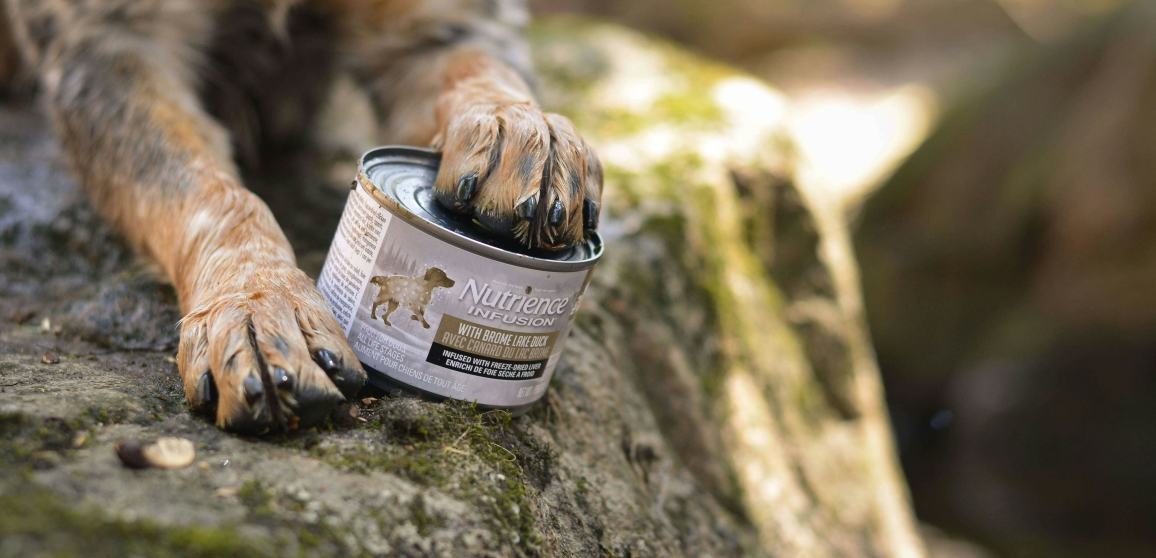
Setting Up a Dog Food Bait Station
When making a dog food bait station to trap coyotes, plan it carefully. This is to ensure your scent reaches them and you do not disturb the surroundings.
1. Choosing a Location
Choose a location that shows coyote action, including tracks, coyote droppings, or paths. Because coyotes tend to use routes near wooded borders, fences, and creeks, those places are especially worth trying. Don’t hunt near crowded areas where people congregate, so you disturb less and your sign is less present.
2. Placing the Bait
Put your dog’s food in a shallow or empty area on the ground to help attract the fox. Mixing kibble with some water or fish oil will make it smell better. If you use canned food, place several little drops instead of one large pool, keeping them within a 5-10 foot range. Dig a small hole by pushing the hook down in the soil with a stick or shovel to greatly affect fishing.
3. Securing the Bait
If you want to protect your bait from raccoons, skunks or birds, insert it inside a small wire cage or tie it to a stone. Don’t use plastic boxes for your collection because they limit how your flowers smell. Cover the bait site with low, wide branches to let hunters spot their game more easily.
Sit back and let the bait smell diffuse for 2-3 days. So the coyotes will get used to it. Record the movements of animals. Also change your bait's location if the camera shows it is no longer working well.
Alternatives to Dog Food as Baits
People may use dog food for coyote hunting. But many prefer to choose or add different types of bait. The following are some great options:
Raw Meat Scraps: Scraps from rabbit, chicken, or beef can draw them in. Even slightly decayed parts smell very natural and attractive. You should use these items quickly after taking them out of the fridge to avoid them becoming spoiled.
Commercial Predator Lures: Using commercial Predator Lures made from gland fluids, urine or artificial scents will encourage animals to claim a spot. They may be combined with meat bait. You can get them in liquid, paste or powder form. They last longer while you use them in the field.
Eggs: Eggs that haven’t been washed are inexpensive, but after being cracked, they smell like sulfur and bring in unwanted animals. They are best used in summer and autumn.
Fish and Fish Oil: The distinctive odor from strong fish scraps and fish oils remains strong in the air and brings coyotes to your location.
Guts and Organs: Animal intestines, livers, or hearts are good for use. As they have a strong aroma and can be buried little to appear organic.
Fruits and Berries: Apples and persimmons are among the seasonal fruits coyotes might enjoy when natural fruits are easy to find in late summer and early fall.
Conclusion
Using dog food to attract coyotes is not common, but it’s a proven and cost-effective approach as long as you use it correctly. An omnivore by nature, the coyote is naturally interested in scavenging area pets’ food, often because it is aromatic and strong-smelling.
But bait success goes beyond using bait. If a setup is to be successful, it needs to have good placements, mask the scent, pay attention to the environment, and meet the legal requirements.
If you’re a rancher dealing with coyotes, a hunter searching for new tips, or a photographer trying to attract them, dog food can be very helpful in managing coyotes. Do be responsible and ethical when you bait, and make sure it doesn’t go against the law.
Learn more about coyote hunting:
- What Gear Do You Need For Coyote Hunting?
- Can You Eat Coyote?
- How to Call a Coyote Like a Pro?
- Can Coyote See Red Light and How It Affects Your Hunt?
- Is Coyote Hunting Year Round Allowed In The U.S.?


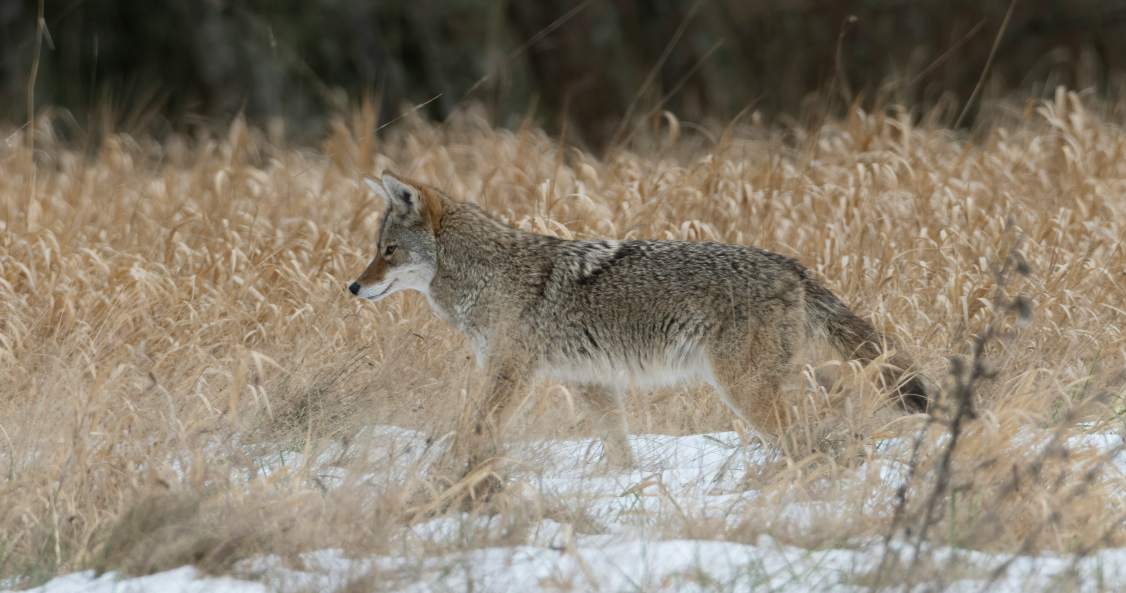
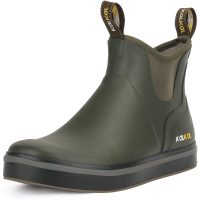


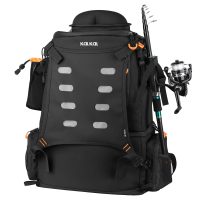



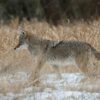

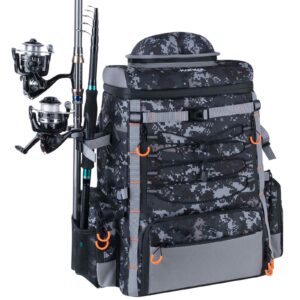
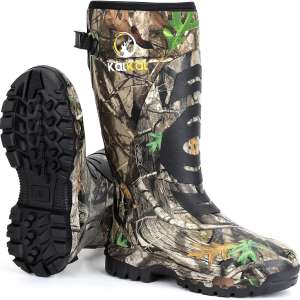
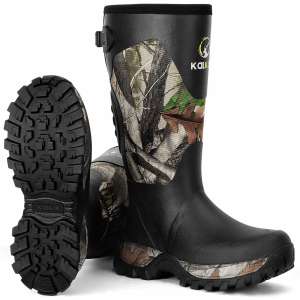
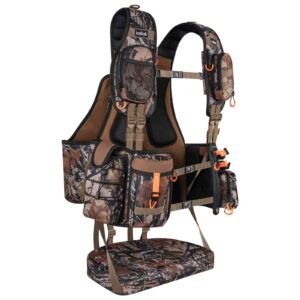




Leave a reply